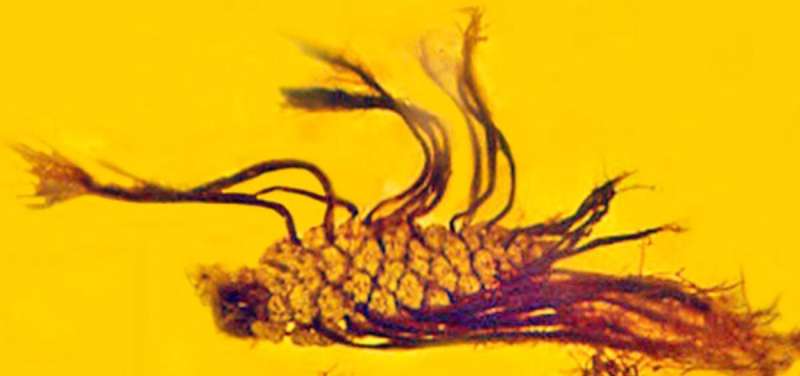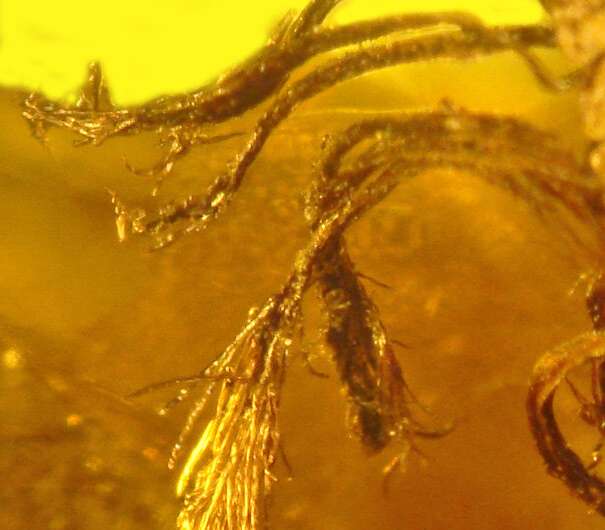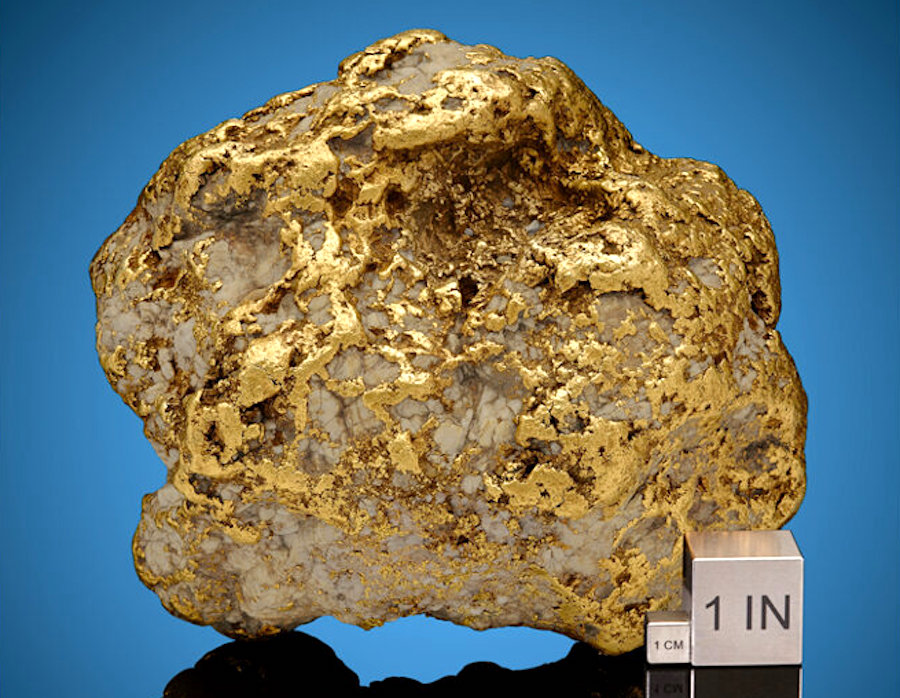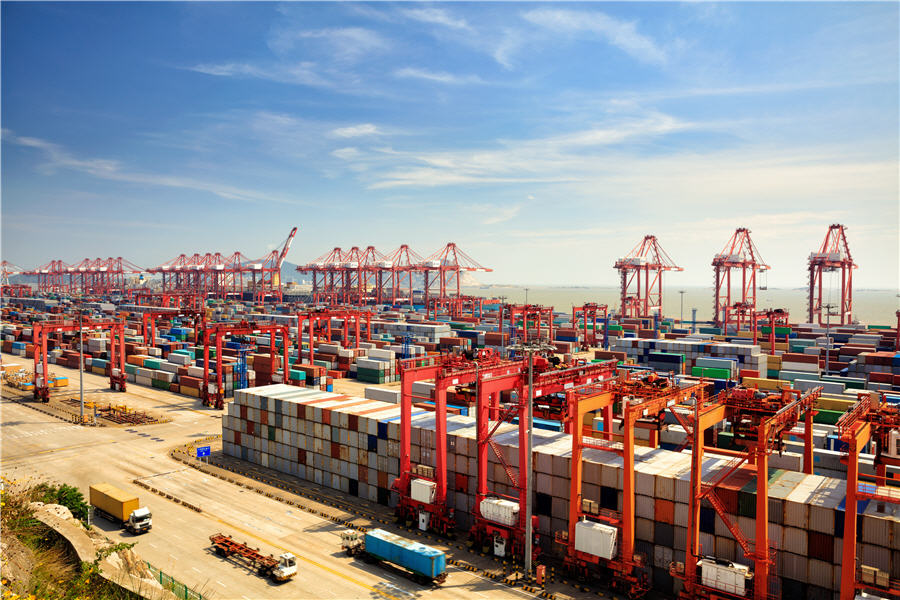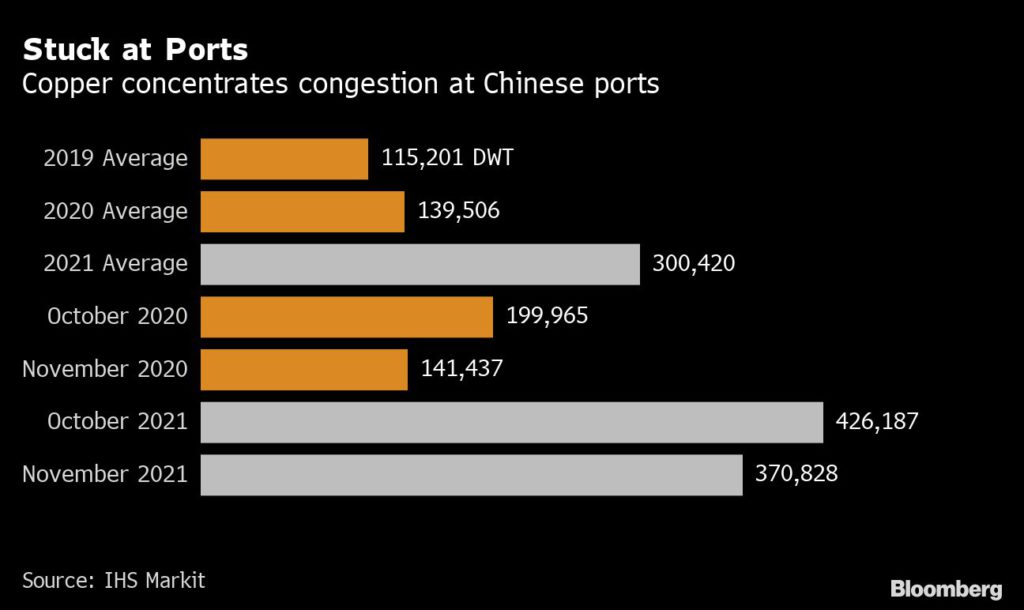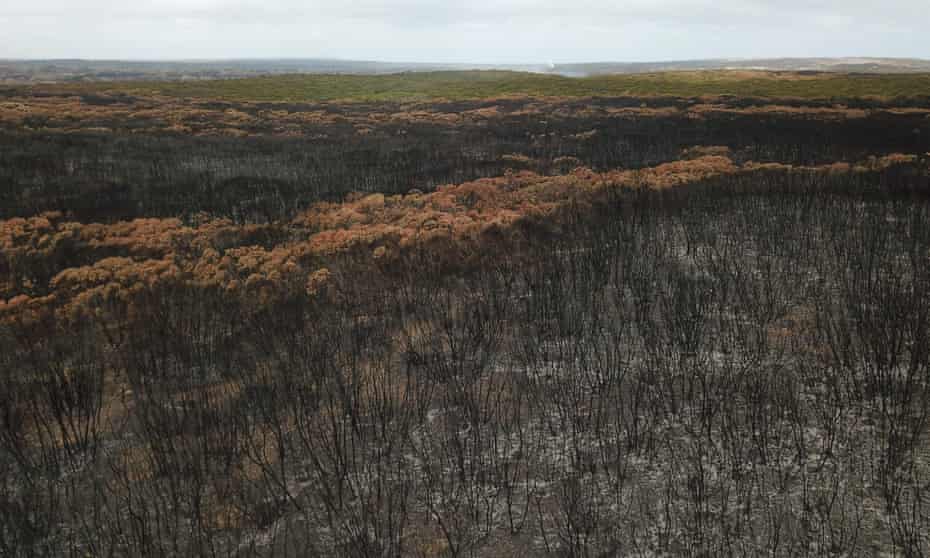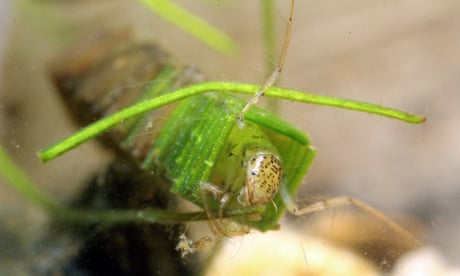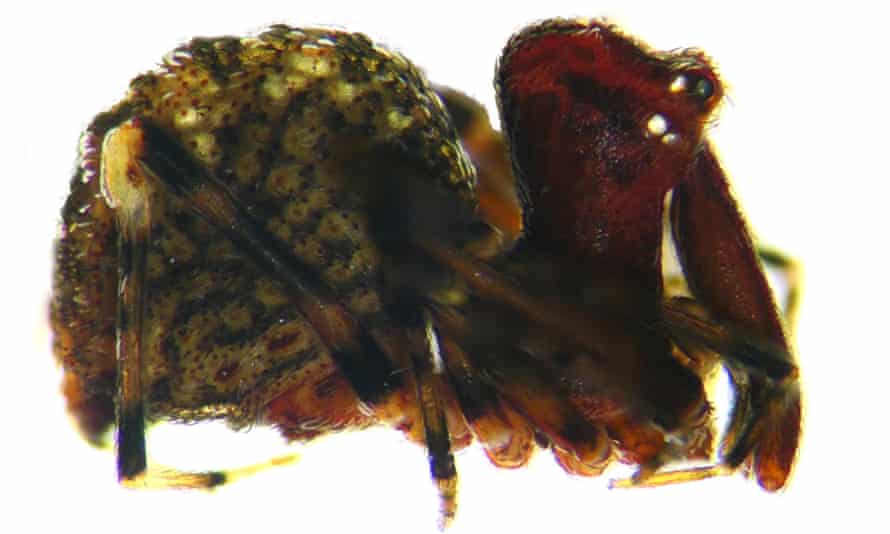Author of the article: Rob Breakenridge • for the Calgary Herald
Publishing date: Nov 16, 2021 •

As the Kenney government resists efforts to further scrutinize its handling of Alberta’s fourth wave of COVID-19, one can at least hope that some lessons were learned through that ordeal, chief among them, the dangerous folly of prematurely declaring victory.
After some very difficult and painful weeks, Alberta has seen some steady improvement in our pandemic situation over the last month or so. The rate of decline seems to have levelled off somewhat, however, and there is still pressure on the health-care system, but we do still appear to be coming out of that fourth wave.
Moreover, that improvement has occurred alongside restaurants, bars and gyms being open, large crowds attending sporting events and concerts, and many other aspects of life resembling something closer to normal. The proof-of-vaccination system that the government was so reluctant to introduce has certainly paid dividends.
It was probably inevitable that as Alberta’s situation improved, there would be calls to ease up on some of the measures that helped to bring about that very improvement. These restrictions are not intended to be permanent, of course, and it’s reasonable to wonder what the threshold might be for lifting or easing
Other Canadian provinces have seen an uptick in cases in the last couple of weeks. So, too, have a number of American states. Cases have surged in a number of European countries. This is not necessarily Alberta’s fate, but it would be foolish to think we’re immune from a resurgence of the virus.
We know from our second-wave experience last year just how difficult the late fall and winter months can be. The daily case count from a year ago was half of what we ended up seeing as the peak of the second wave.
It’s no secret that some members of the UCP caucus have opposed the various health measures introduced by the government, including those implemented in response to the fourth wave. With Premier Jason Kenney facing all kinds of internal leadership pressure, there’s surely a temptation to claim victory over the fourth wave and serve up some sort of easing of restrictions to that crowd.
Some in that crowd are growing antsy enough to go public with their frustrations. For example, Calgary-South East UCP MLA Matt Jones has penned a letter to the premier calling for an end to mandatory masking and school cohorts, arguing that youth are less vulnerable to the virus and need some “normalcy” restored to their lives.
It’s easy enough to find some sympathy for that perspective, as young people have indeed suffered in many ways through this pandemic. However, if prematurely ending the measures we now have in place means ushering in a fifth wave, then that would only compound that suffering.
As it stands now, schools are open for in-person learning and youth sports and extracurricular activities are operating, as well. Let’s not put all of that in jeopardy, especially over something like masking, which is minimally intrusive.
While children are indeed less vulnerable to the virus, they aren’t invincible. The more cases we allow, the more likely we are to see those more rare serious outcomes. Children can also spread the virus, of course, which can lead to higher rates of overall community infection.
We are on the cusp of opening up vaccinations for those aged five to 11, which, combined with more widely available booster shots, should go a long way in setting us up for success in the new year. The case for patience is quite compelling in that context.
The gains we’ve made in recent weeks could easily be lost if we act too rashly — something the government should have learned by now. Hopefully we can avoid the mistakes that got us into previous messes.
“Afternoons with Rob Breakenridge” airs weekdays 12:30-3 p.m. on 770 CHQR rob.breakenridge@corusent.com Twitter: @RobBreakenridge
As Alberta’s COVID-19 numbers plateau, Hinshaw warns of fifth wave

There’s the possibility of a fifth wave of COVID-19 cases with more people moving indoors, Alberta’s top doctor said Tuesday.
Chief medical officer of health Dr. Deena Hinshaw said the pandemic numbers that have dropped dramatically in Alberta in recent weeks after a late September peak have plateaued.
“While over the past few weeks have begun to come down the other side of the fourth wave, we have seen before how fast things can change,” she said.
“I would like to remind Albertans that we must stay vigilant, especially as temperatures drop and we head into winter.”







